- Learning time
- 30 minutes
- First play time
- 90 minutes
Castello Methoni
Designed by: Leo Colovini
Loosely based on the older game Masons, Castello Methoni is a game of area-control: creating domains, annexing them into larger domains, and trying to be the dominant player on the board by the end. The heart of this undertaking is the construction of walls: nobody owns walls, but once any area – one triangle, two triangles, or more – is completely surrounded by walls, a domain is created – and someone certainly owns that!
Everyone starts with three types of buildings in their supply: the tiny houses, big villas and tall towers, along with some cash. The board is divided into different terrain types, and all terrains are broken into smaller triangles. Players are dealt five cards,showing terrain types on them, and on your turn you take two actions, using a card for each one. The most commonly-used action is build: place a wall along the triangle edge of a matching terrain to the one on the card. When you place a wall, you add a house of your own colour on one side of it – but you must also add a house on the other side as well, and it must belong to either of your immediate neighbours in turn order. Having done so, you replenish your hand back to five cards, and the next player clockwise takes their turn.
If placing a wall means you’ve created a domain (ie an area enclosed by walls, of any number of triangles) then several things happen: you must pay a coin to the bank for every hex in that domain. You pay a coin to every player who has a house in the domain. You change any three matching houses, of any player, in that domain into a villa instead, and you place a tower to show your ownership. You can also, optionally, annex: joining two domains together by removing a connecting wall between them. It’s not cheap: now you pay 2 coins for every triangle and 5 coins for every villa, this time to the domain owner (thus losing a domain is not totally bad, as you can get some considerable income). Their tower is removed, and now you control a much larger domain!
Some triangle spaces have markets in them: if any of your domains have markets, you receive two coins for each market from the bank at the start of your turns. And markets also pertain the the second, lesser-used action: of trade. Trading means spending a card matching the terrain of an active market (ie one that is in a domain) to get two coins from the bank. Control of domains is good because every triangle you control at the end of the game is worth three points, or possibly more if you control terrains that match your secret objective card (+1 point per triangle). Every coin is worth a point, and there are bonus points of 10/5points for the first and second largest domain, plus points to be earned for towers on the board: more is better, so if you have managed to get all four towers out, that’s a big 10point swing your way.
The guru's verdict
-
Take That!
Take That!
Although the game has no combat, finding yourself annexed and kicked off the board certainly feels like it.
-
Fidget Factor!
Fidget Factor!
Moderate. Castello Methoni is predominantly a game of puzzling out your best opportunities. Often the cards in your hand make the decision obvious, but you always have options, and there's a turn-by-turn tactical aspect as well as the strategy of both trying to bear your secret objective in mind, AND hampering the other players as much as possible.
-
Brain Burn!
Brain Burn!
We wouldn't call the game breezy, but the rules, once you have them etched into your brain, are not the source of the burning here. They're quite simple. What's tough is the number of things you factor into each decision.
-
Again Again!
Again Again!
It's a combination of things - objectives, cards, player decisions - that always make the puzzle new, even if the overall experience doesn't change a huge amount.

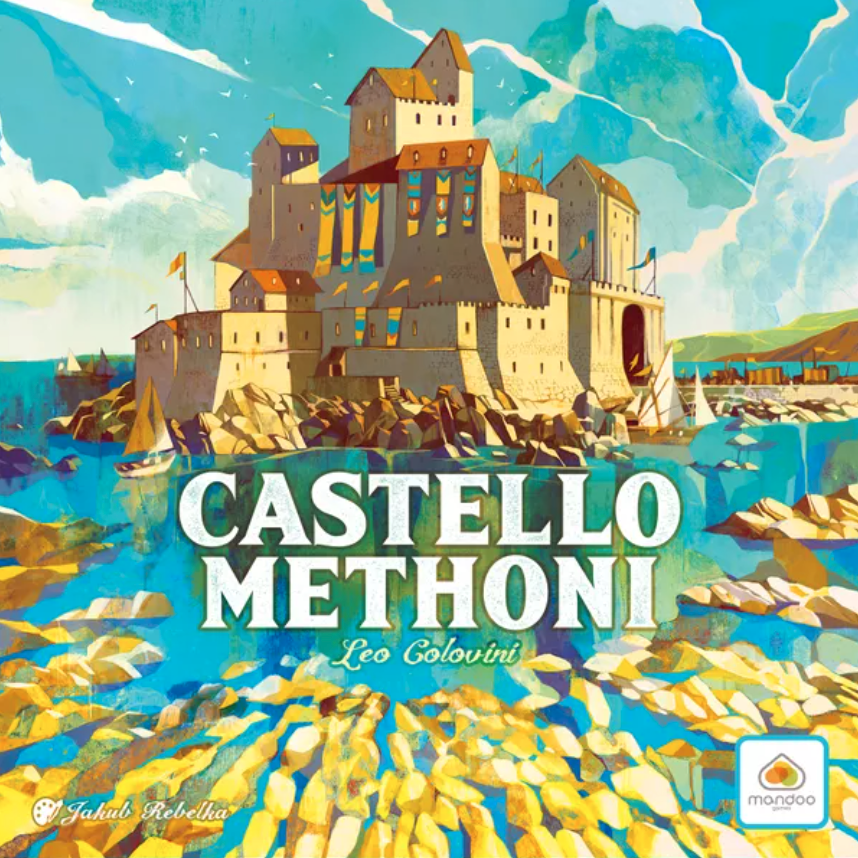

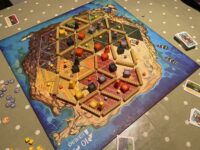
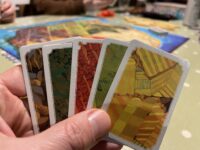
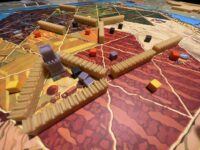
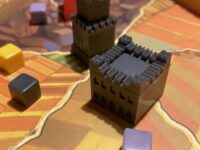
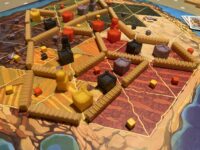


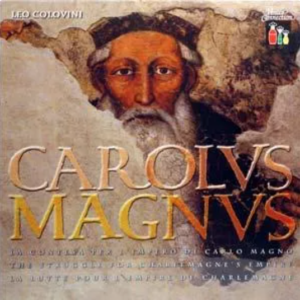
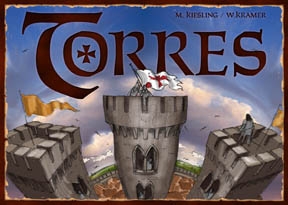
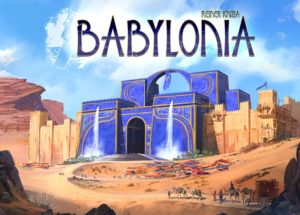
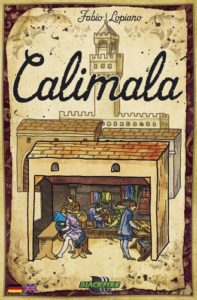

Sam says
There's something deliciously spicy, bordering on spiteful, to the shenanigans going on in Castello Methoni. Essentially a multi-player abstract, there's absolutely no way you can be pootling away on your own business away from the actions of the other players. It demands interaction, and also careful thought over how you go about it. The main objective is creating domains, the bigger the better, but making the biggest domain is by no means a guaranteed victory, because of the various other ways to score: towers, cash, objectives. Familiarity with the game is a must to get the most out of it. But for me there's a slight mathsiness to Methoni that means I find it less accessible, but also less compelling and dramatic, than the designer's Carolus Magnus or one of my all-time favourites Babylonia. Not to pooh-pooh Castello Methoni at all; just to say for my preferences there's a level of opacity to it that those games deftly sidestep. On the other hand, that opacity may be exactly why you'd love it.